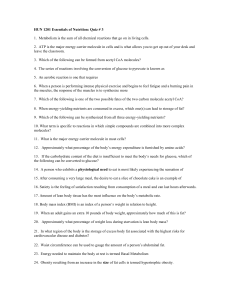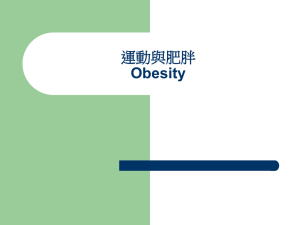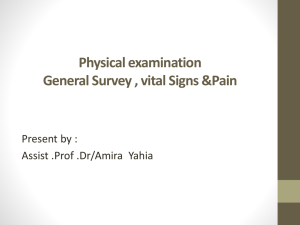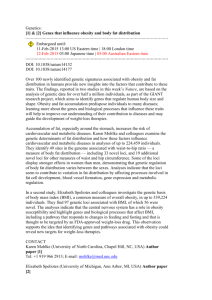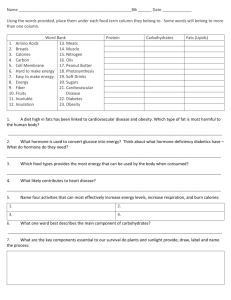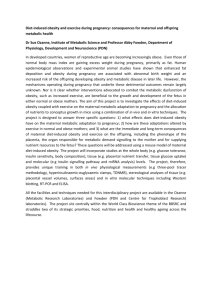exam 2 practice
advertisement
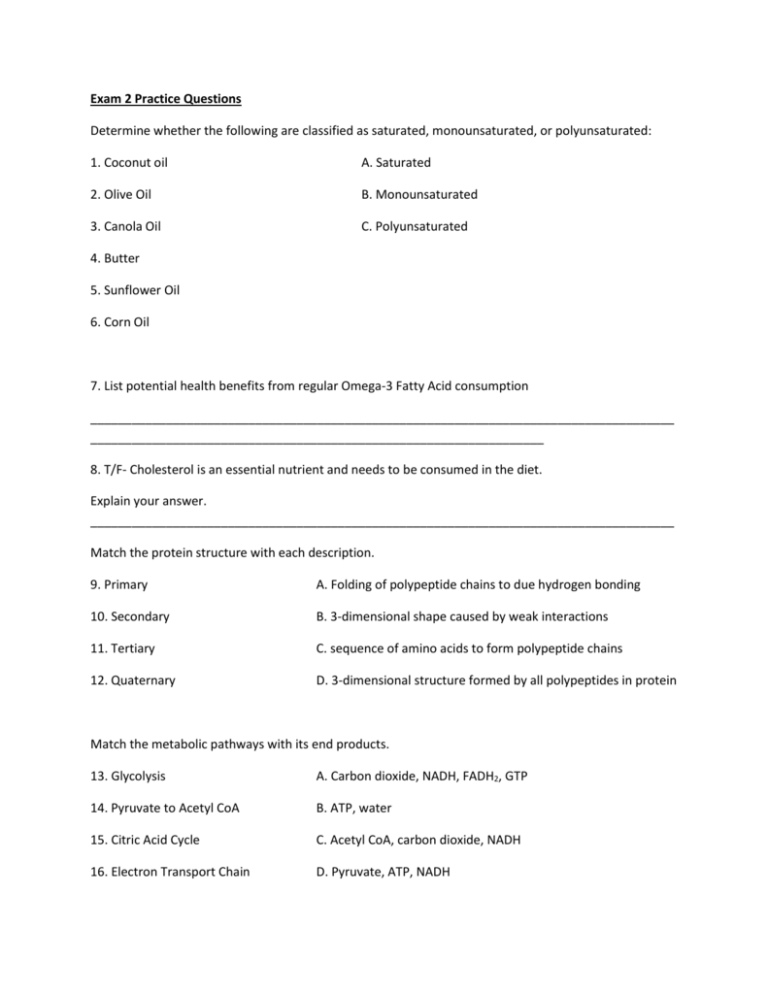
Exam 2 Practice Questions Determine whether the following are classified as saturated, monounsaturated, or polyunsaturated: 1. Coconut oil A. Saturated 2. Olive Oil B. Monounsaturated 3. Canola Oil C. Polyunsaturated 4. Butter 5. Sunflower Oil 6. Corn Oil 7. List potential health benefits from regular Omega-3 Fatty Acid consumption _____________________________________________________________________________________ __________________________________________________________________ 8. T/F- Cholesterol is an essential nutrient and needs to be consumed in the diet. Explain your answer. _____________________________________________________________________________________ Match the protein structure with each description. 9. Primary A. Folding of polypeptide chains to due hydrogen bonding 10. Secondary B. 3-dimensional shape caused by weak interactions 11. Tertiary C. sequence of amino acids to form polypeptide chains 12. Quaternary D. 3-dimensional structure formed by all polypeptides in protein Match the metabolic pathways with its end products. 13. Glycolysis A. Carbon dioxide, NADH, FADH2, GTP 14. Pyruvate to Acetyl CoA B. ATP, water 15. Citric Acid Cycle C. Acetyl CoA, carbon dioxide, NADH 16. Electron Transport Chain D. Pyruvate, ATP, NADH Match the metabolic pathways with its location. Not all choices may be used 17. Glycolysis A. Mitochondria 18. Pyruvate to Acetyl CoA B. Cytosol 19. Citric Acid Cycle C. Nucleus 20. Electron Transport Chain D. Cell Membrane 21. Explain the difference between Basal Energy Expenditure/Resting Energy Expenditure and Basal Metabolic Rate/Resting Metabolic Rate. _____________________________________________________________________________________ _____________________________________________________________________________________ 22. Which of the following is not used to assess body fatness? a. BodPod b. Skinfold Thickness c. CT/MRI d. Indirect Calorimetry e. Underwater Weighing 23. T/F- BMI should be considered as the ultimate test for determining a person’s health risks and overall health. _____________________________________________________________________________________ _____________________________________________________________________________________ Match the following types of fat cell development to the descriptions. 24. Hypercellular Obesity A. Obesity due to an increase in the size of fat cells 25. Hypertrophic Obesity B. Obesity due to increase in both size and number of fat cells 26. Hyperplastic Obesity C. Obesity due to an above-average number of fat cells
